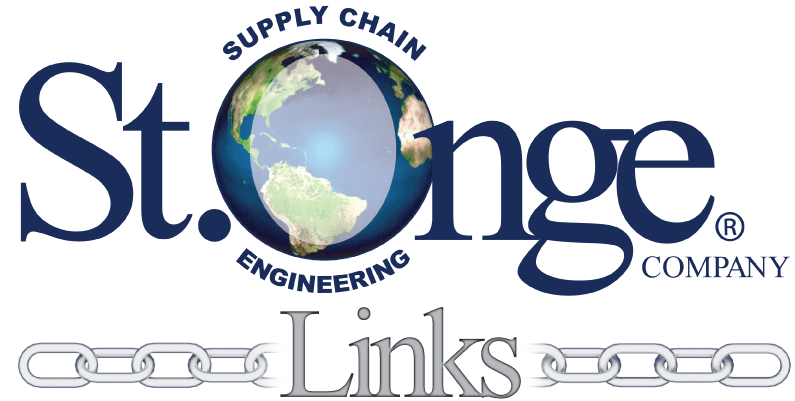 Strengthening your supply chain one link at a time.
Strengthening your supply chain one link at a time.
Omnichannel retail has permanently changed the e-commerce landscape. In today’s supply chain landscape, customers can place orders via call centers, online, on mobile devices, and in brick-and-mortar stores. With the use of different ordering platforms, some clients have difficulty understanding when, what, or how to select an order management solution, since a traditional order management system (OMS) could not support multiple channels. An OMS cannot determine how to reduce split shipments or identify the distribution center closest to the customer for fast delivery. If you have more than two warehouses or have a growing number of SKU portfolios, a distributed management system (DOM) can help identify challenges before they occur and act as a dedicated order management solution. DOM acts as the brain or central point of organizing and processing order fulfillment. Selecting the most appropriate DOM requires a strategy based on best practices and technology. Manually managing shipping orders can be time-consuming and complex. DOMs are critical in simplifying anticipated sales forecasting inventory needs and distributing orders to the most appropriate distribution hub.
Using predictive analysis, DOM ensures inventory is delivered from the most appropriate sources and at the correct time to meet customer service level agreement requirements. Whereas traditional order management systems (OMS) lacked flexibility and failed to provide updated data in real-time, DOM offers real-time inventory and order visibility to prevent overselling and stockouts. Processing from multiple platforms and fulfilling orders using logic-based workflows increases the speed of order-to-delivery and reduces operational costs. During peak season, DOM will automatically turn on and revert to the standard delivery processing method after the spike. Other key benefits of DOMs include the ability to:
All these abilities can provide your business with a strategic advantage.
While a WMS optimizes end-to-end order fulfillment within a warehouse’s four walls, a DOM system orchestrates the customer’s order across the entire distribution network. DOM places the customer experience at the center of the order life cycle by providing integrated fulfillment planning and execution. A simplified step-by-step online order example of how DOMs works is shown below:

With many DOM providers to choose from, it is paramount to evaluate your business needs and goals. First, identify your functional and technical requirements. Then, explore your nice-to-haves to select a vendor that has your core functionalities along with features that may be necessary as your business grows. Finding a vendor who feels like a true partner can be challenging if you are not well-versed in DOM vendors’ previous experience and real-life success stories. This challenge should not be taken lightly. A St. Onge consultant can provide a deep dive investigation to not only select the right vendor but also ensure go-live and post-implementation long-term success.
—Ashley Rhodes, St. Onge Company